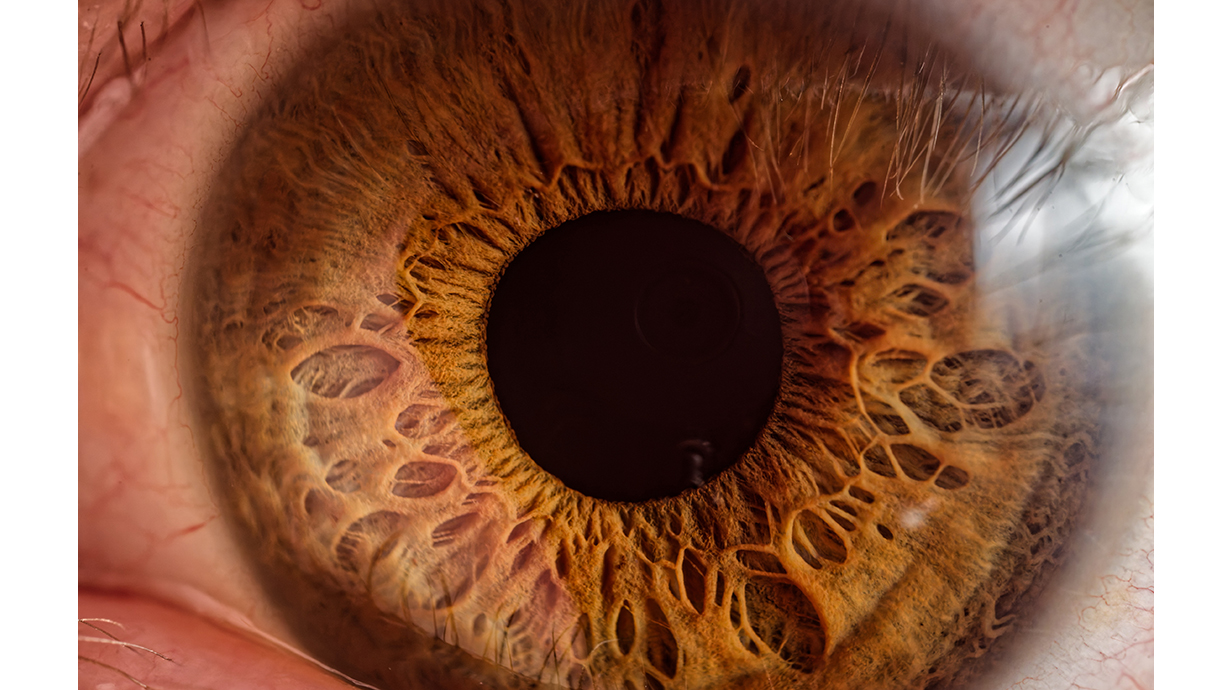Vision Loss, Damage Could Be Tied to Eye Pressure, Study Finds
Findings could offer earlier warning signs for those at risk of glaucoma

OXFORD, Miss. – One of the world's leading causes of irreversible vision loss could begin with elevated eye pressure, according to a recent study published in the American Academy of Ophthalmology.
Yi Hua, a biomedical engineering professor at the University of Mississippi, partnered with researchers at the University of Pittsburgh to study how ocular hypertension – elevated eye pressure – affects the eye.

"We wanted to see how intraocular pressure changes and deforms the blood vessels in the eye," Hua said. "If we can understand that, we can inform drug delivery to improve blood flow in the back of the eye. That can slow down the progression of glaucoma."
Glaucoma damages the optic nerve, leading to irreversible vision loss. It is a leading cause of blindness worldwide. Glaucoma is sometimes called the "silent thief of sight," with symptoms often not becoming apparent until the damage is extensive.
"This can lead us to a new way to diagnose glaucoma earlier," said Yuankai Lu, a postdoctoral researcher at the University of Pittsburgh and co-author of the study. "If this finding holds true, then we can use blood flow supply to predict the development of this disease."
Pressure inside the eye can increases when aqueous humor – a clear fluid produced by the eye – does not properly drain. The buildup of fluid increases pressure on the lamina cribrosa, a mesh-like structure in the optic nerve head, which can constrict blood vessels, reducing oxygen flow to nerve cells and other parts of the eye.
Without oxygen, these cells can die, leading to loss of sight.
"We want to understand this problem so we can develop new drug pathways for patients," Hua said. "We still do not have an efficient way to slow down the progression of glaucoma. The only way is to reduce eye pressure.

"But for some patients, even though we've reduced the eye pressure, the damage progresses, and they still lose vision. So, we need better methods."
The researchers used a combination of 3D modeling and fluorescent dye to trace the path of blood flow through the eye under various amounts of pressure. They found even mildly elevated eye pressure can distort blood vessels and lead to hypoxia, an oxygen deficit.
Extreme eye pressure led to hypoxia in approximately 30% of the lamina cribrosa tissue.
"The eye can weather a short-lived increase in eye pressure; for instance, when we rub our eyes lightly," said Ian Sigal, associate professor of ophthalmology and bioengineering at the University of Pittsburgh. "But a chronic increase of weeks, months or years can cause substantial damage.
"The vision loss resulting from this damage cannot be recovered. Hence, it is crucial to find ways to detect the disease and prevent the damage before it happens."
Previous research has correlated elevated eye pressure with glaucoma, but did not explain how those issues were related, Lu said.

"Most glaucoma research is based on statistics, which can give you a correlation," he said. "But it was actually very difficult to discover the mechanics of it.
"By combining imaging techniques with 3D modeling, we gained a more comprehensive understanding of blood flow and oxygen distribution in the eye."
Treatment options are available for elevated eye pressure, but they are most effective for patients who undergo regular eye examinations and are diagnosed early, especially if they are at risk of developing glaucoma, Hua said.
Risk factors include medical conditions such as high blood pressure or diabetes, a family history of the disease and race, as studies show that Black and Latino individuals are more likely to be affected.
"We really want to raise awareness of this issue," Hua said. "A lot of people know the risk of high blood pressure, but we want to also raise the importance of elevated eye pressure."
This material is based on work supported by the National Institutes of Health grant nos. R01-EY023966, R01-EY031708, R01-HD083383, P30-EY008098 and T32-EY017271.
Top: Glaucoma is one of the world’s leading causes of blindness, but a new study indicates that early detection of this disease could be as simple as getting a routine eye exam. Researchers at UM and University of Pittsburgh partnered to study how elevated fluid pressures in the eye can change and deforms the blood vessels in the eye and lead to vision loss. Photo by Hunt Mercier/Ole Miss Digital Imaging Services
By
Clara Turnage
Campus
Office, Department or Center
Published
May 14, 2025
